1. Indian Regional Languages
India is a country with diverse cultures and languages. More than 1500 languages are spoken across the nation and we, the citizens of India enjoy these diverse flavors. As a nation, we are known for unity in diversity that connects us and makes us one strong nation. We at Lingo Solution can help you translate your content to various regional languages including Punjabi, Gujarati, Marathi, Tamil and Bengali to name a few. We can also assist you in translating regional content to English. Not merely a word by word translation, our experts give proof-read content which preserves the original meaning and is free of errors. Our team includes people who are natives of various places and are well versed with the respective languages.
2. Foreign Languages
We live in a global world. Every business in today’s age aspires to go ‘glocal’- global + local. But in order to venture into any land, the first and foremost requirement is to know their language. If you speak what they speak too, you will be able to form a better connect with them and form everlasting relationships. We at Lingo Solution are a team of qualified experts in various languages like French, German, Spanish, Russian, Chinese and any other you think can help your business scale new heights. We can help translate your English content into several other languages and if needed, content from other languages back to English. Work done by our team undergoes layers of editing and is free of any errors.
3. Translation in SRT format
We at Lingo Solution can help you with translation in SRT format. Every movie or video when posted online looks complete when sub-titles are added to it. From the plethora of languages known to mankind, you need to pick the language relevant to your audience. Since a video can contain sub-titles in only one language at a time, you will need to write sub-titles in different languages. We at Lingo Solution help you translate the sub-titles from one language to another and the translation is done in SRT format so that the file is capable enough to be added to any video.
4. Movies Translation
All of us love to watch movies, don’t we? India is a country of different languages and cultures and hence, the industry for movies and entertainment is vast. North Indians love to watch Tollywood action sequences as much as they love watching the Bollywood romance. Similarly, South Indians are equally excited to see the Bollywood drama. But to connect people from different corners of the country, we need a common language. Movies are made in more than 40 languages in India and it is impossible for an individual to get a taste of all the languages. We at Lingo Solution make it possible for everyone to watch and enjoy movies from different regions of India with the help of our translation services. We have experts on board belonging to different regions of the country and speaking different languages who help translate the movies from one language to another without losing its real meaning.
5. Document Translation
Document translation helps to narrow the gap in communication by making sure that the global audience can understand messages and information in their languages. Translation services are vital to all aspects of society and beneficial to global business. Translation helps multinational companies grow. The services enables the sharing of information in preferred languages, helps foreign companies connect with local businesses, seal deals and promote trade and commerce. Document translation promotes cultural interchange. More people who speak different languages appreciate and enjoy films, literature, music and other forms of art through translation. Artists, authors, film directors and musicians are just some of the people who benefit from translation services, allowing more people from different cultures to become aware of and enjoy the works of others.
Translation is vital in international diplomacy. Proper communication is critical to ensure international accord. World leaders, diplomats, and business leaders should present their thoughts and ideas in the languages they speak.
Disseminating information, translation news, boosting tourism also come about because documents are acutely translated by professional translators.
6. Website Translation/Localization
At its simplest, website localization is the process of refining website content through culture, language and flow to provide the most useful and relevant experience for users.
Most companies equate “localization” with “translation,” but true website localization is far more nuanced than simply displaying words in a new language. Read on to learn how to think about website localization—and how to execute it in powerful, authentic ways.
The Basics of Localization
Localizing a website requires five key elements:
Language and regionalisms ensure that copy, content and brand voice come through accurately and authentically—and make users feel like the site experience has been customized for them.
Cultural elements of communication like date and time formats, units of measure and local holidays ensure that websites communicate an understanding of global nuances and make users feel at home on the site.
Transactional elements such as currency, payment options, addresses and character sets are not only important for the local feel of the site, but for the accuracy and proper handling of transactions and on-site conversions.
Local communication and trust elements such as phone numbers, local addresses, in-language customer support, legal notices and security banners may not seem mission-critical, but they’re key to engaging with local audiences. They also ensure that your in-market sales and marketing teams have the information they need to serve your customers.
Navigation and discovery for your translated site is critical to helping users select the language they need, and immediately start interacting with your site in an authentic way.
Preparing for Website Localization
Am I committed to creating a fully authentic, multilingual site so that my users know that I’m invested in their experience? (You’ll read more about this in an upcoming section.)
Do I have a website team that can support my international digital presence as it scales? A great partner can help make this easy.
Are my in-market sales teams asking for a more complete, robust online experience for their customers? If the demand is there, it might be time to meet it.
Do we have valuable, compelling content that can accelerate our global business growth if we can get it in the hands of our local audiences? You’ve already invested in a powerful online experience, and you want to maximize the return on that investment.
7. E-Commerce Translation
E-commerce localization goes beyond simple translation. Localization is a broader term that describes all aspects of preparing your online store for growing international sales. The objective is to provide international buyers with an online shopping experience that is indistinguishable from their normal native experience. This way merchants can compete on a level playing field with local competitors.
A fully localized experience involves:
Ecommerce-optimized translation
Size conversion
Currency conversion
Local marketing & SEO
Keywords used by buyers, browsing for an item
International payment
Shipping optimization
Taking care of restrictions and the legal side.
To give you an example: if you sell clothes, you must translate product attributes, but also localize sizes and currencies. Size 8 in the UK may be 4 in the USA and 36 in Germany. Brits will most likely want to pay in pounds, Americans in dollars and Germans in euros. You must take care of these localization aspects.
Localization is:
Country/culture specific: different countries, different markets. When in Germany, sell as Germans sell: in their local language, currency, using their favourite payment methods, etc.
Merchant specific: merchants, especially bigger ones, may describe and market their products in their own ways, sell their own brands, use specific brand names, colour descriptions, conversion tables or use a special writing style and industry vernacular.
Platform/channel specific: different e-commerce platforms (eBay, Amazon, etc.), different rules. Each platform has its own content structure, text formatting and eligibility rules. Proper category and filter mapping must be ensured.
Successful e-commerce localization
E-commerce metrics of localization success are the same as for your domestic store: they’re about growing sales. To measure localization success, look at:
Product discover ability: successful localization will make your products easy to find on foreign markets.
Conversion: successful localization will increase your conversion rates, e.g. by making your buyers comfortable with the (localized) checkout process.
Buyer satisfaction: successful localization will make your buyers happy with their orders, eager to come back to your store and/or spread the good word about your brand.
Returns: successful localization will decrease the number of returns.
8. E-Learning Translation
E-Learning localization incorporates the process of converting an e-learning course into a different language so that it can cater to the learning needs of the masses. This implies that an e-learning course produced in any language can be translated into various target languages for global use. Therefore, translation is an essential part of e-learning localization.
Translation refers to the process of converting a text from its source language into a new language. For instance, a course available in English requires translation into French and Spanish, so, English is the source language of the text, and French and Spanish are the target languages.
Moreover, e-learning localization does not apply only to written text. Rather, it focuses on localizing all the elements. These elements include images, fonts, colours, audios, videos, case studies, etc. Additionally, localizing these elements of an e-learning course incorporates the cultural nuances of that specific region into the text. However, these elements do not require changes in every case and can be kept in their original form.
Why Is e-Learning Localization Important?
It Removes Cultural Dissimilarities
It Enhances Knowledge Acquisition and Retention
9. Software/App Translation/Localization
Software localization is the process of adapting software to both the culture and language of an end user, from standards of measurement to video and graphic design. It involves not only translation, but also design and UX changes to make software look and feel natural to the target user.
It’s easy to imagine that software localization simply involves changing the language of a few key sections so that users know which buttons to click. However, localizing software usually goes a lot further than that. It also involves changes to things like the size and placement of those buttons on the page, as well as other design elements. It might even involve changing code on the backend so that employees in different regions are able to manage and update the software.
Imagine a software application that needs to be localized from English into Chinese. A simple translation may leave you with text and instructions that are clear enough, but with significant usability problems. The font might be too small to read clearly or may not support Chinese characters, while the length of the text might have shrunk to the point where visual elements on the page look odd. That’s before we even consider the preferences of Chinese users, who might like more information on each page or a different visual layout. When thinking about all of these problems, it’s easy to see that software localization is a larger, more complicated and more important problem than it looks on the surface.
Why Localize Your Software?
Technology lets us communicate across international boundaries. That's one of the best things about it, both from the developer's perspective and the user's. For software developers, globalization means a potentially unlimited market for any new program or application.
However, one of the effects of building a successful product in your local market is that it can become more and more specialized for users in that market. The conventions that you build into your product, which seem natural to your current customers, might not be so successful in other markets where preferences are different.
Localization instead refers to the translation of that separated content into a specific language, and usually occurs after internationalization. But it goes further than that. It can include the cultural and country-specific aspects of different languages, such as:
Accounting standards
Links and other resources
Calendars
Hand symbols, gestures, or signage
Culturally appropriate images
Dates and times
Spelling and phrasing, such as the differences between the Spanish spoken in Argentina and Spain
Right-to-left languages like Arabic or Hebrew
Why choose us?
Certified Translators
Excellent Quality
Affordable Rates
Fast Turnaround
Translation Memory
Multilingual Support
- Q 1. How to contact Lingo solution for translation/transcription?
- Q: What are the file formats accepted by you?
- Q: What type of translation/transcription can I outsource?
- Q: Will you keep our data/information safe and secure?
- Q: Do you have native and professional team for translation/transcription?

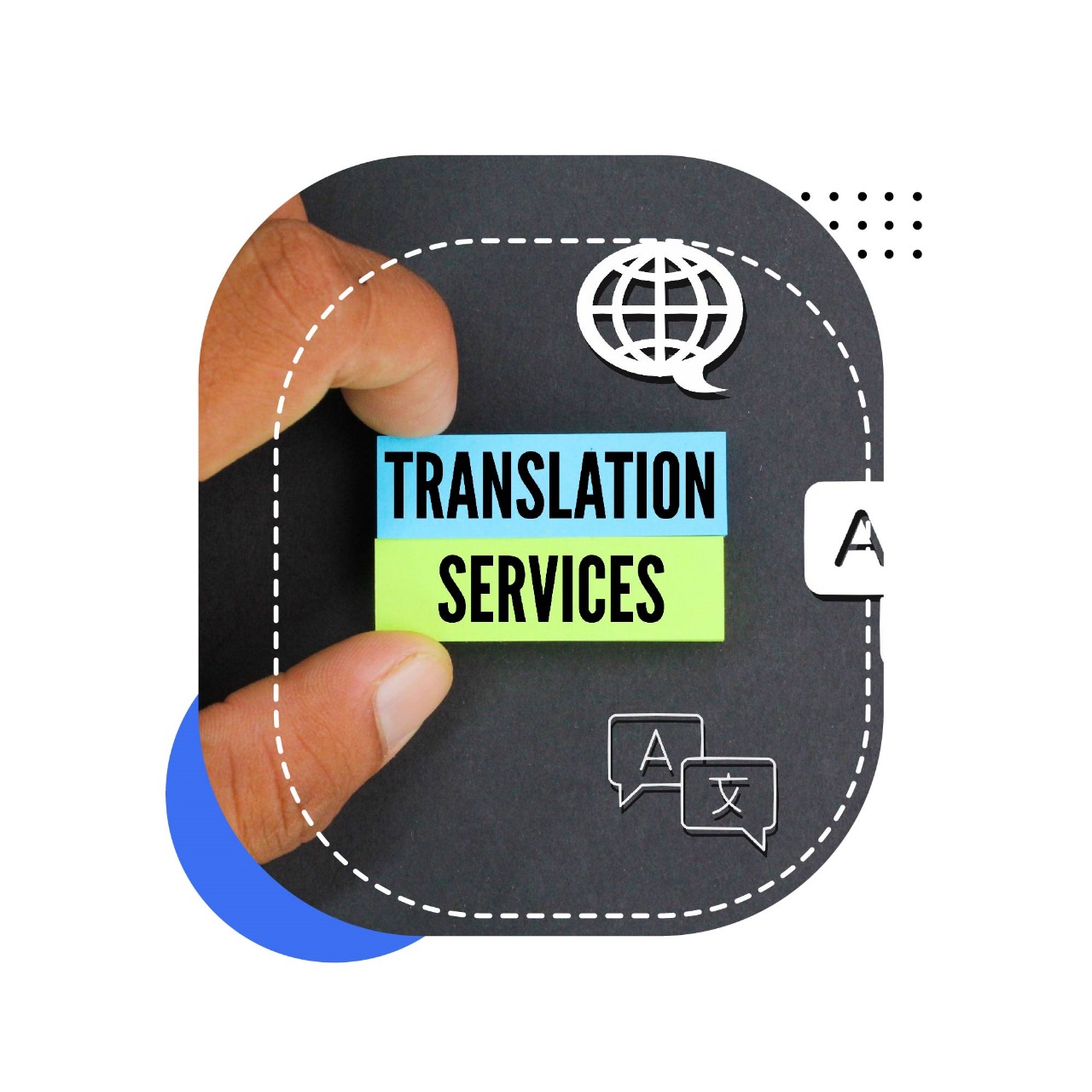


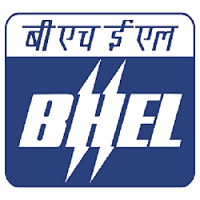

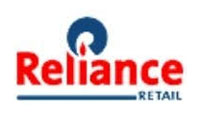


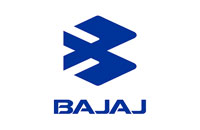

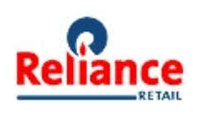

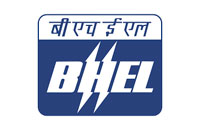


FLUOR
I used Lingo web localization service. Right from the start, they were very patient with explaining the website localization process and offering the best solution. They kindly answered my frequent requests, and after sales service.